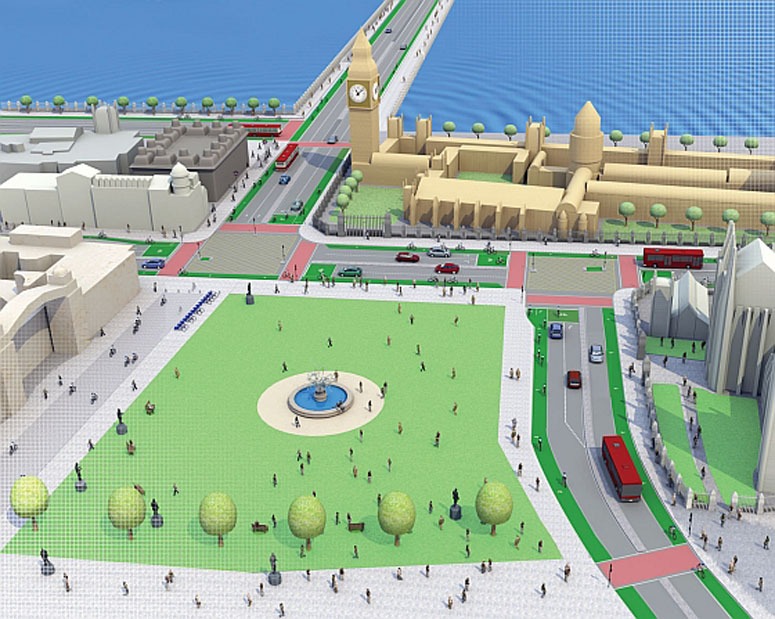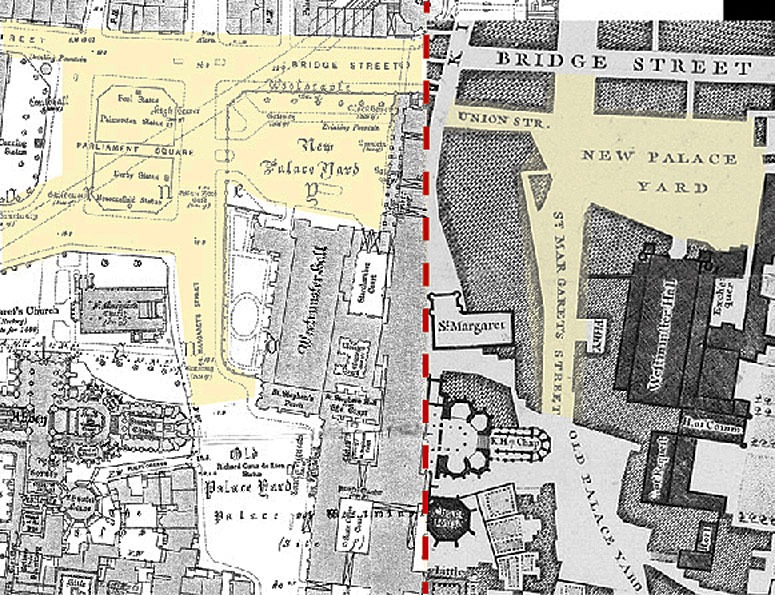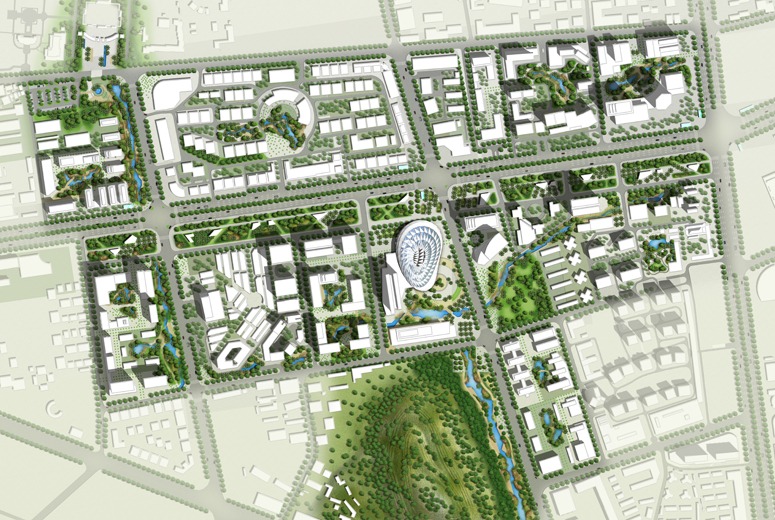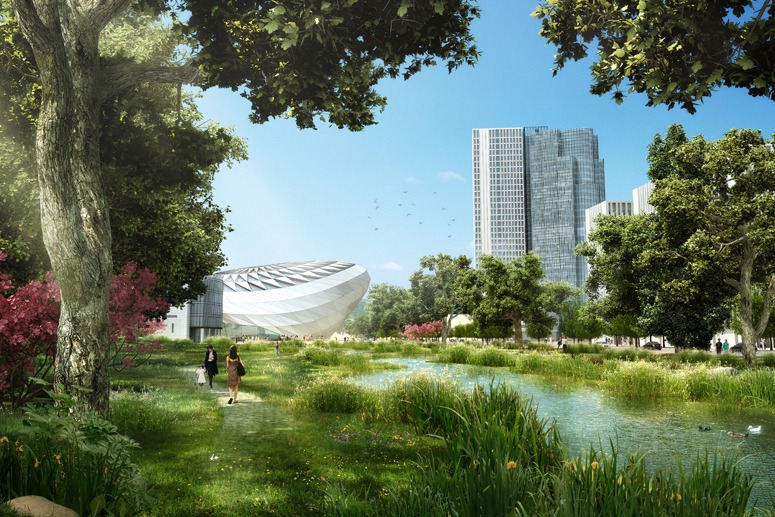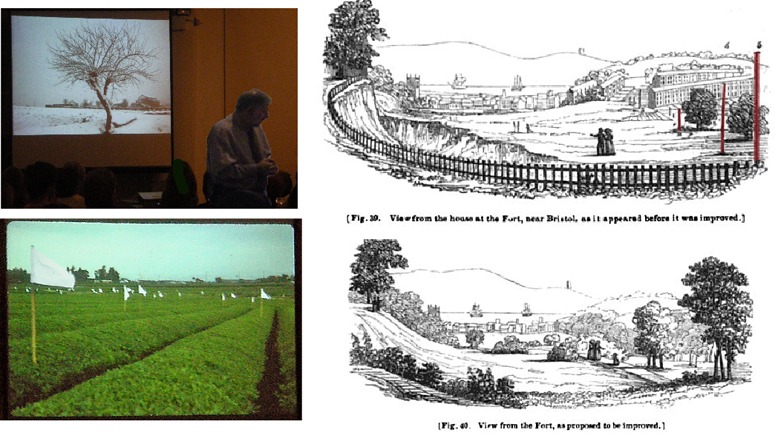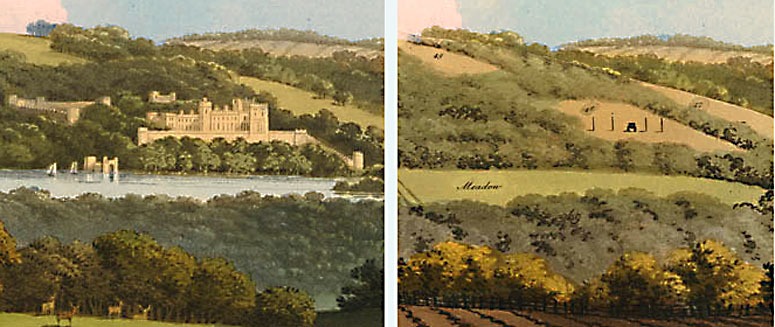With thanks to Christine for the link, I am delighted to extend the availability of this history of cycling in Holland. Britain had a Conservative Government at the time of the 1973 oil crisis, which is identified as the starting point for the Dutch cycling policy. The response of Heath’s government was pathetic. They (1) gave a few grants for 50mm of roof insulation (2) borrowed a lot of money to keep downt he price of fuel (3) did nothing whatsoever about cycling. Today we have a Mayor of London and a Prime Minister who are keen cyclists. Please can we do what the Dutch did after 1973. And please can the London Cycling Campaign stage some really good stunts. I would, for example, like to see Whitehall, The Mall, Trafalgar Square and Parliament Square CARPETED WITH PRONE CYCLISTS for the state opening of parliament. I’ll the there, sun, wind or rain.
Category Archives: Urban Design
Parliament square urban landscape redesign LCC
Congratulations to the London Cycling Campaign (LCC) for publishing a re-design of Parliament Square’s urban landscape, also discussed on this blog this last year (see The landscape architecture of Parliament Square, Westminster, London UK). My comments on the LCC design are:
- it concentrates on traffic at the expense of other considerations
- the urban design history of the space is crucial: it began as New Palace Yard. The Square was a nineteenth century addition
- the future use of the space is also crucial: just creating a patch of grass is insufficiently ambitious
- the LCC design proposals also lack ambition: the fountain is perfunctory and the roadworks are ugly
The LCC’s scheme opts for a ‘Trafalgar Square’ solution on the north and west sides of the square. It would be better to revert to the historic idea of a ‘palace yard’ in which paved space was shared between vehicles and pedestrians. This is now known as a ‘shared space’ and Exhibition Road is a good recent example. With regard to the future use of Parliament Square, it should be a place for the elected representatives of the people (MPs) to meet the people they represent and the people who are affected by their decisions (you, me, cyclists, drivers, visitors to London). The below maps show the evolution of New Palace Yard into the Parliament Square Traffic Gyratory
Retrospective Planning
Extremely rapid development is not generally compatible with far-sighted urban planning, but it does offer surprising advantages when it comes to retro-planning. The city of Zhuhai was one of China’s first Special Economic Zones, called into being by Deng Xiao Ping in the 1980’s. These were areas strategically chosen for accelerated development, Zhuhai because of its proximity to the economic hothouses of Hong Kong and Macau.
The result of these economically wildly successful areas has been an enormous urban mass, devoid of nodes, points of focus and green networks. There are now moves afoot to address these deficiencies by revisiting those areas of light industry, warehousing and mass housing that, instead of being outside of the city centre where they would normally and sensibly be sited, now find themselves disfunctionally marooned in the inner city, which has simply grown around them. A combination of selective demolition, change of function and new construction can create not only the missing urban nodes, but also public parks and the beginnings of green networks. Thus can the seeds of a Chinese urban planning renaissance be sown in the context of the economic renaissance that is required to finance these changes to the urban fabric.
The images show the Gongbei District of Zhuhai, how it looks now and how it might look within the next 10 to 20 years.
iGardens, iCities, iArchitecture, iLandscapes, iPads and the Steve Jobs design theory
Steve Jobs is the most successful product designer of modern times, bar none. Nobody has built so many fabled products. Nor have they built (what was briefly) the world’s largest coroporation in such a short working life – or such powerful brand loyalty. So if cities, gardens, architectures and landscapes are ‘products’ then what can designers learn from the Steve Jobs approach to design? Here are some of the possibilities:
- classify every design idea as ‘insanely great’ or ‘absolute shit’
- listen to ideas from members of the design team and tell the proposers they are all ‘absolute shit’,
- come in next day claiming the best of their ideas are yours, now seeing them as ‘insanely great’
- earn the undying love of your staff by these means
- ignore public consultation, and market research of all kinds, because ‘people do not know what they want until I have built it for them’
- practice Buddhism, become a vegan and drink bucket-loads of carrot juice
- adopt the purest forms of the Bauhaus and Zen Buddhist approaches to design
- focus, like a laser beam, on the user experience
- find the necessary technology to realise your dreams
- keep on and on and on simplifying and perfecting every detail of your design
- ‘Don’t compromise’
- ‘People who know what they’re talking about don’t need PowerPoint’
Yes, I have been reading Walter Isaacson’s biography of Steve Jobs and, yes, I think all designers can learn from Jobs’ example. But there is a big problem: I detest the idea of an iCity, an iGarden, an iScraper and an iLandscape – with the ‘i’ standing for ‘international’. I believe, fervently, that the environmental design professions should hold to the principles of context-sensitive design. They should, like our predecessors down the millennia, CONSULT THE GENIUS OF THE PLACE.
Steve was interested in gardens. The ‘stalk and head’ idea for the iMac G4 came from the sunflowers in his wife’s garden and, more to the point, he stated that ‘The most sublime thing I’ve ever seen are the gardens around Kyoto. I’m deeply moved by what that culture has produced, and it’s directly from zen Buddhism’. Since the Zen idea (禪) came from China and, before that, from India, perhaps Steve was not as strong on history as on product design.
“But there is one more thing that we want to tell you about…” East Asia is building iCities as if there is no tomorrow. So? “….Tomorrow will never come“.
See also 2012 Chelsea Fringe Flowers Gardens and Gardening Festival.
Buddha image courtesy Miheco.
Laser hologram projection of dancing girls at Canary Wharf Underground station
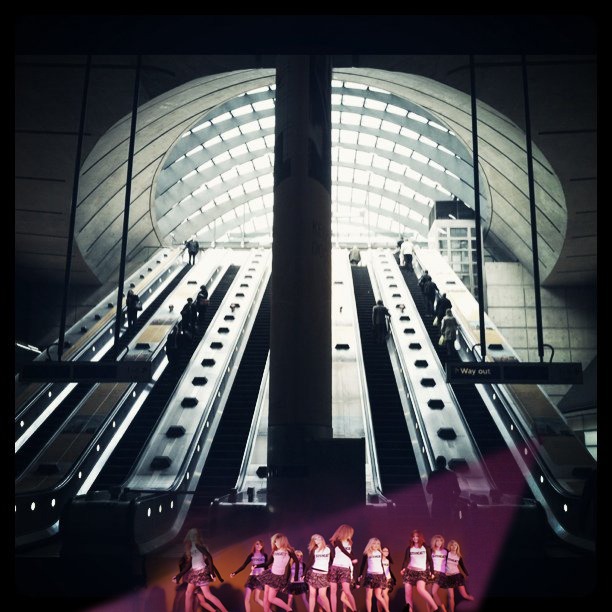 London Transport need not worry about these girls obstructing the flow of communters from their suburban pads to the Canary Wharf money factory. They are a holographic projection into a thin cloud of disco fog, intended to give the salarymen and salarygirls a reminder of their next escape to Ibiza. [Nor do London Transport need to sue me for not having had a license to take the photograph: it is a simulation.] The troupe have decided to call themselfes the Flowers of Canary Wharf and are planning a performance for the 2012 Chelsea Fringe Garden Festival.
London Transport need not worry about these girls obstructing the flow of communters from their suburban pads to the Canary Wharf money factory. They are a holographic projection into a thin cloud of disco fog, intended to give the salarymen and salarygirls a reminder of their next escape to Ibiza. [Nor do London Transport need to sue me for not having had a license to take the photograph: it is a simulation.] The troupe have decided to call themselfes the Flowers of Canary Wharf and are planning a performance for the 2012 Chelsea Fringe Garden Festival.
Christopher Alexander and Humphry Repton as landscape design theorists – UDG lecture
Who is the most important landscape architecture theorist of the nineteenth century? Humphry Repton, through his influence on John Ruskin, Frederick Law Olmsted, Patrick Geddes – and most other landscape planners and garden designers in the century after his death.
Who is the most important design theorist of the twentieth century? Christopher Alexander, through his influence on urban design, architecture, computer programming and, through Ian Mcharg, on landscape planning and the develoment of Georgraphical Information Systems?
Are there any similarities between between the design theories of Repton and Alexander? Yes.
The photographs on the left, above, were taken at last night’s Kevin Lynch Memorial lecture, organised by the Urban Design Group. The lower left photograph shows Alexander and his opening slide. It was on display for a good while, because Alexander likes to show slides in rapid-fire (2.5 seconds each) and with no talking [unluckily for me, my tummy chose to rumble while the audience listened in silence]. The photgraph made me think he was going to talk about the fact that a City is no a Tree. But no. He wished to argue, as in his forthcoming book [The Battle for the Life and Beauty of the Earth: A Struggle between Two World-Systems by Christopher Alexander, Hans Joachim Neis and Maggie Moore (OUP Jul 2012) – on the Eishin Campus in Japan] that (1) a design should be done on the spot (2) buildings should be positioned in the landscape with the aid of flags (3) the design process must be continuous and should constantly aim for ‘wholeness’ (4) the current system of producing a full set of working drawings before work starts on site is disastrous.
The first two points are 100% Repton. Repton argued that ‘The plan should be made not only to fit the spot, it ought actually to be made upon the spot’. The Repton drawings, on the right above, show the use of ranging poles to set out tree positions at Bristol – and he used the same system for positioning buildings. Alexander’s third point is also Reptonian, though he would have used the word ‘harmony’ instead of ‘wholeness’. As for the fourth point, Repton was a gentleman and never produced working drawings, so there is every likeliehood he would have agreed.
It was disappointing that Alexander spoke to slowly (though I have no expectation of being any faster when I am 75) but it is great that he still has the energy to work as a ‘building contractor and architect’. We must hope he lives long enough, like another great design theorist sill working (Charles Jencks), to give his full attention to landscape architecture and garden design. Let us pray.

